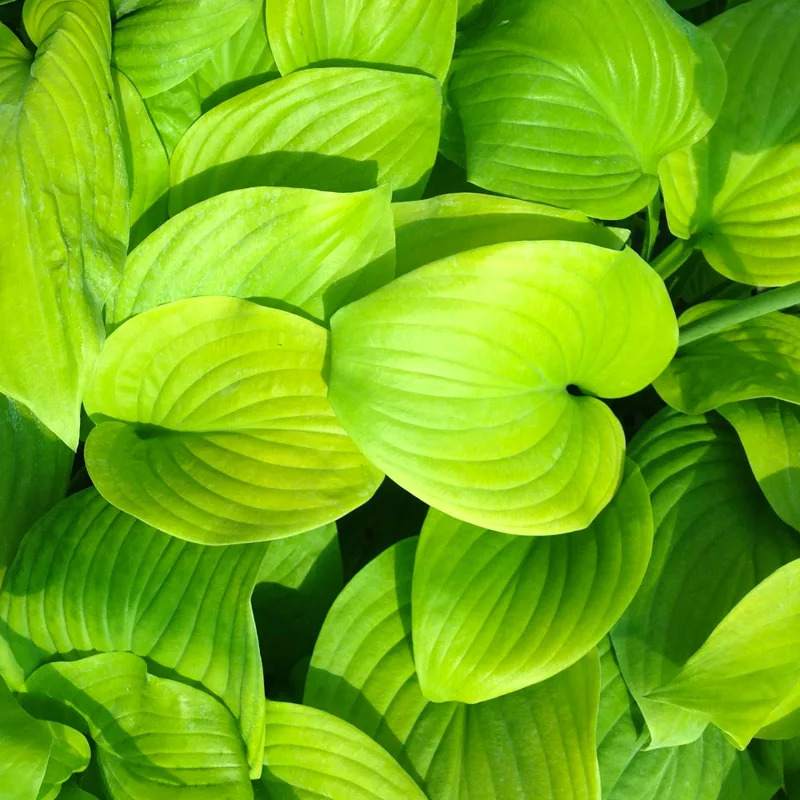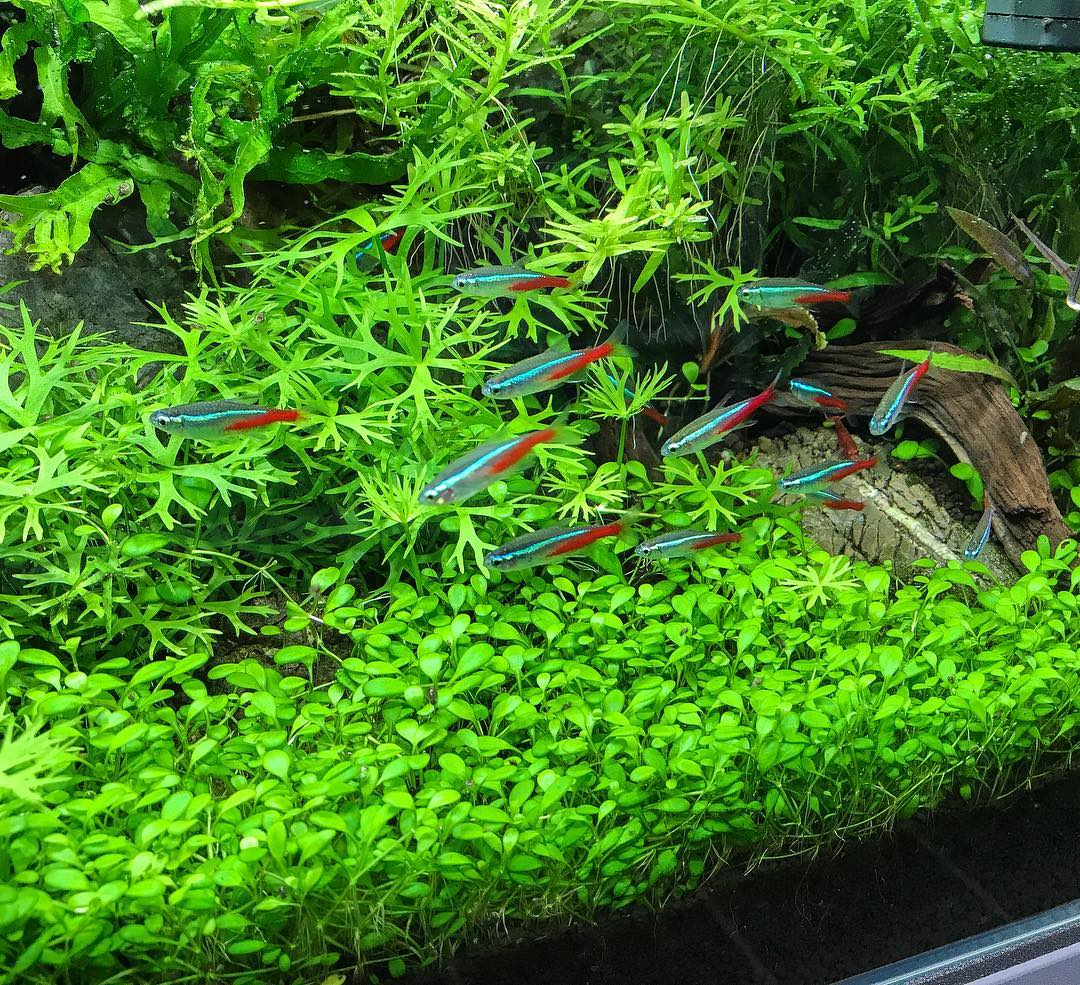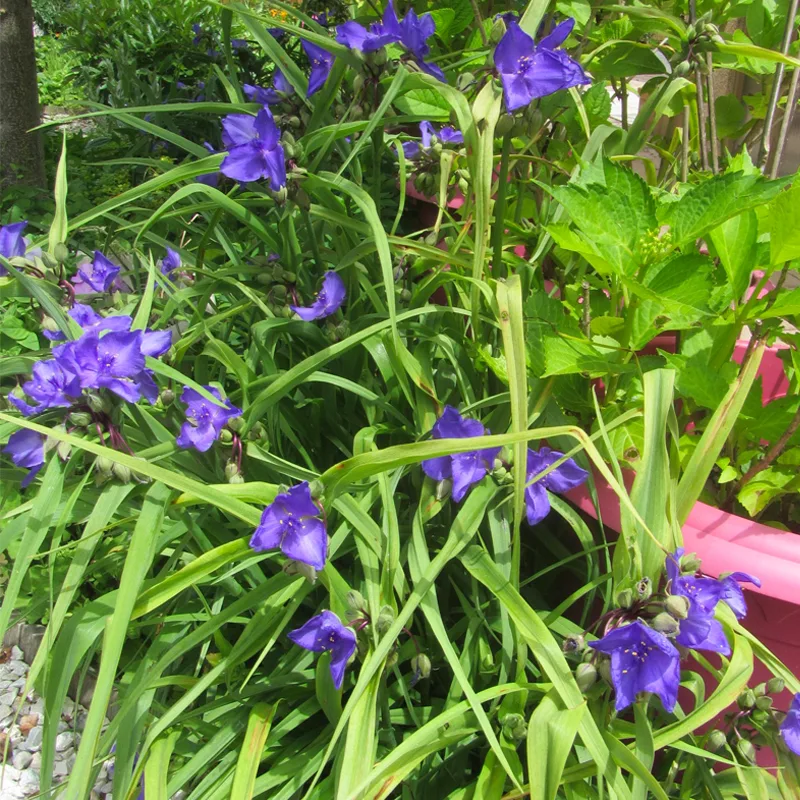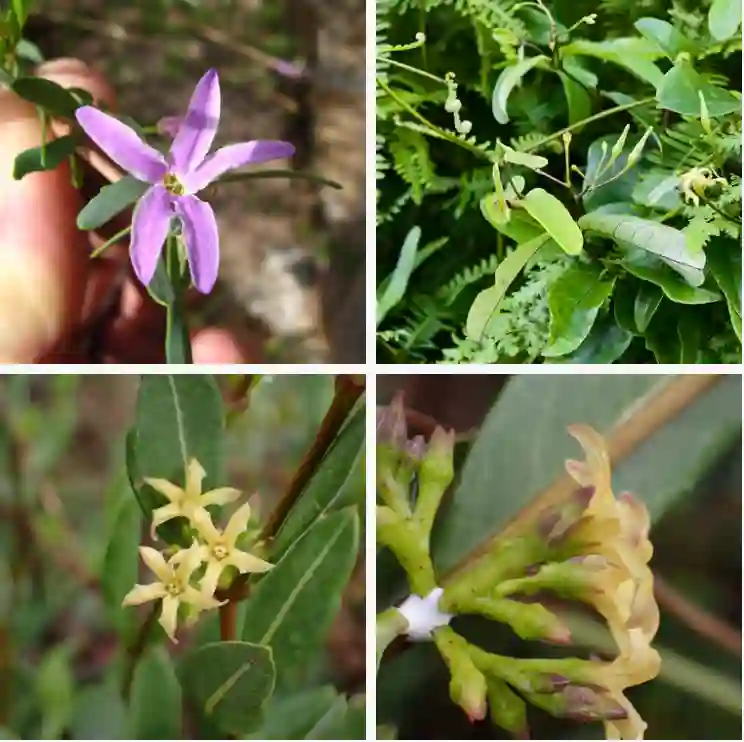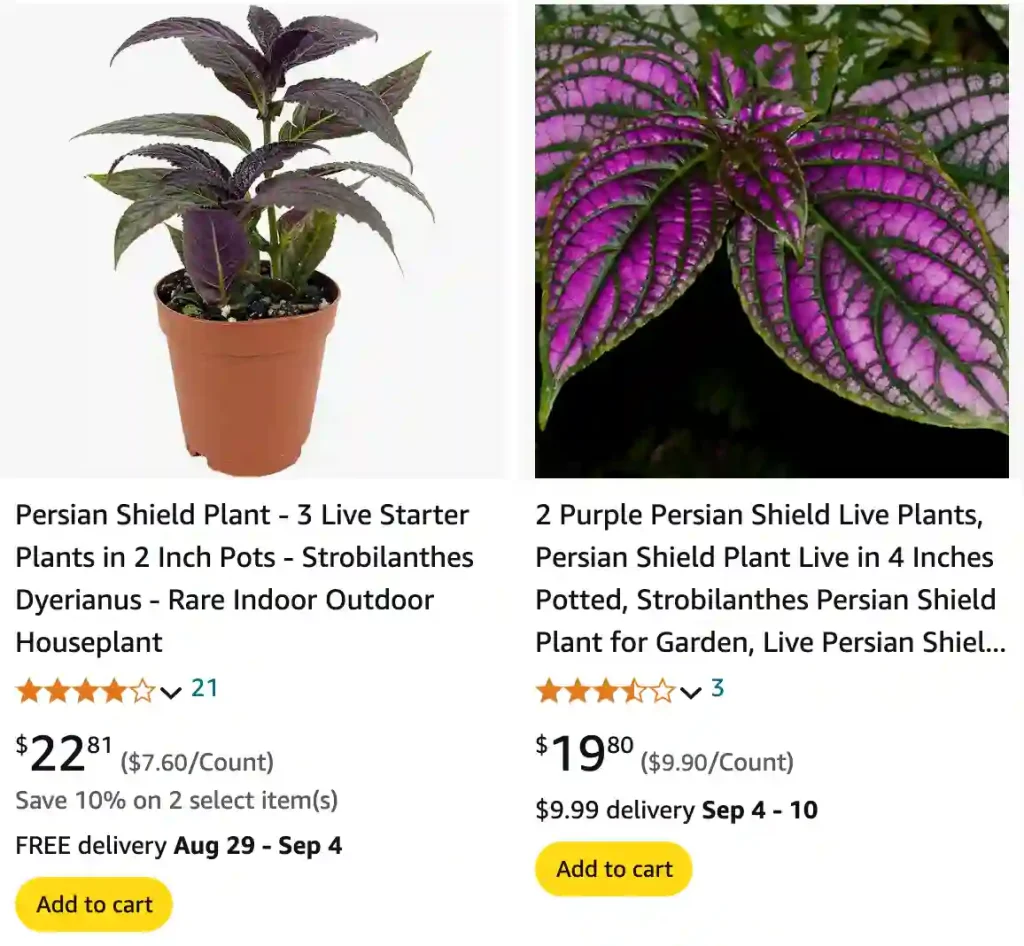
FAQs About Persian Shield
Persian Shield as know as Strobilanthes Dyeriana, with its striking, iridescent foliage, is a showstopper in any garden or home. Here’s everything you need to know about caring for, propagating, and understanding this stunning plant.
463 Species in Genus Strobilanthes
How to Propagate Persian Shield?
Propagating Persian Shield is relatively straightforward. I’ve had success with both stem cuttings and division. For stem cuttings, take a healthy cutting, ideally 4-6 inches long, just below a leaf node. Dip the cut end in rooting hormone and plant it in a pot filled with a mix of peat and perlite. Keep the soil moist and place the pot in bright, indirect light. With a bit of patience, you’ll see roots forming in a few weeks.
Division is another effective method. Simply divide the root ball of an established plant into smaller sections, ensuring each section has roots and shoots. Replant the divisions into new pots or garden beds. This method is particularly useful if you want to expand your Persian Shield collection or share it with friends.
Is Persian Shield a Perennial?
Yes, Persian Shield is a perennial in USDA zones 9-11. In cooler climates, it’s often grown as an annual or brought indoors for the winter. If you’re growing it in a zone where it’s not hardy, you can treat it as a houseplant or take cuttings for overwintering.
How Big Does Persian Shield Get?
Persian Shield can reach up to 3 feet in height and spread out to about 2 feet wide. Its growth is relatively vigorous, so it’s best suited for larger containers or garden beds where it can spread and showcase its full splendor.
How to Care for Persian Shield?
Caring for Persian Shield involves several key factors:
- Light: It thrives in bright, indirect light. While it can tolerate some direct sunlight, too much can scorch the leaves.
- Water: Keep the soil consistently moist but not soggy. Allow the top inch of soil to dry out between waterings.
- Soil: A well-draining potting mix is essential. A mix of peat, perlite, and a bit of compost works well.
- Temperature: It prefers temperatures between 60-75°F. Protect it from frost and extreme cold.
Is Persian Shield Toxic to Cats?
No, Persian Shield is not listed as toxic to cats. However, it’s always best to prevent pets from chewing on houseplants, as some animals might have sensitive reactions to various plants.
Do Deer Eat Persian Shield?
Generally, deer tend to avoid Persian Shield due to its somewhat unusual texture and taste. However, if deer are particularly hungry, they might nibble on it. Using deer repellents or protective barriers can help keep them at bay.
Is Persian Shield Toxic to Dogs?
Similar to cats, Persian Shield is not considered toxic to dogs. Nevertheless, it’s advisable to monitor pets and discourage them from munching on your plants, as they might still experience gastrointestinal upset from chewing on unfamiliar foliage.
Can Persian Shield Be a Houseplant?
Absolutely! Persian Shield makes a fantastic houseplant. It adapts well to indoor conditions as long as it receives adequate light. Ensure it’s placed in a spot with bright, indirect sunlight and maintain the humidity level to keep it thriving indoors.
Can Persian Shield Take Full Sun?
While Persian Shield can tolerate some direct sunlight, it’s not ideal for full sun exposure. Prolonged direct sunlight can lead to leaf scorch. For the best results, provide it with bright, indirect light, or morning sun with afternoon shade.
Does Persian Shield Bloom?
Persian Shield is primarily grown for its vibrant foliage rather than its flowers. In ideal conditions, it may produce small, tubular flowers, but these are not the main attraction. The plant’s appeal lies in its stunning, metallic leaves.
How to Grow Persian Shield?
Growing Persian Shield requires a few key considerations:
- Location: Choose a spot with bright, indirect light.
- Soil: Use well-draining soil with a slightly acidic to neutral pH.
- Watering: Keep the soil evenly moist but not waterlogged.
- Fertilizing: Feed with a balanced, water-soluble fertilizer every 4-6 weeks during the growing season.
How to Make Persian Shield Bushy?
To encourage a bushier growth habit, pinch back the tips of the stems regularly. This promotes branching and a fuller appearance. Additionally, ensuring the plant receives adequate light and nutrients will support its overall health and bushiness.
What to Plant with Persian Shield?
Persian Shield pairs beautifully with other shade-loving plants. Consider combining it with:
- Coleus: For additional vibrant foliage.
- Caladium: To complement the colorful leaves.
- Begonias: To create a lush, textured display.
Common Problems with Persian Shield
Persian Shield is relatively trouble-free but can face a few issues:
- Leaf Drop: This might occur if the plant is exposed to cold drafts or inconsistent watering.
- Pests: Watch out for common houseplant pests like spider mites and aphids.
Comparing Persian Shield to Similar Plants
Persian Shield is often compared to plants like:
- Caladium: Both have striking foliage, but Caladium’s leaves are generally more heart-shaped and come in various patterns.
- Coleus: Similar in vibrant leaf color, but Coleus tends to be more tolerant of direct sunlight.
Persian Shield remains a standout choice for adding a splash of color and elegance to any space, whether indoors or out. With proper care, it can be a long-lasting and eye-catching part of your plant collection.
If i die, water my plants!
